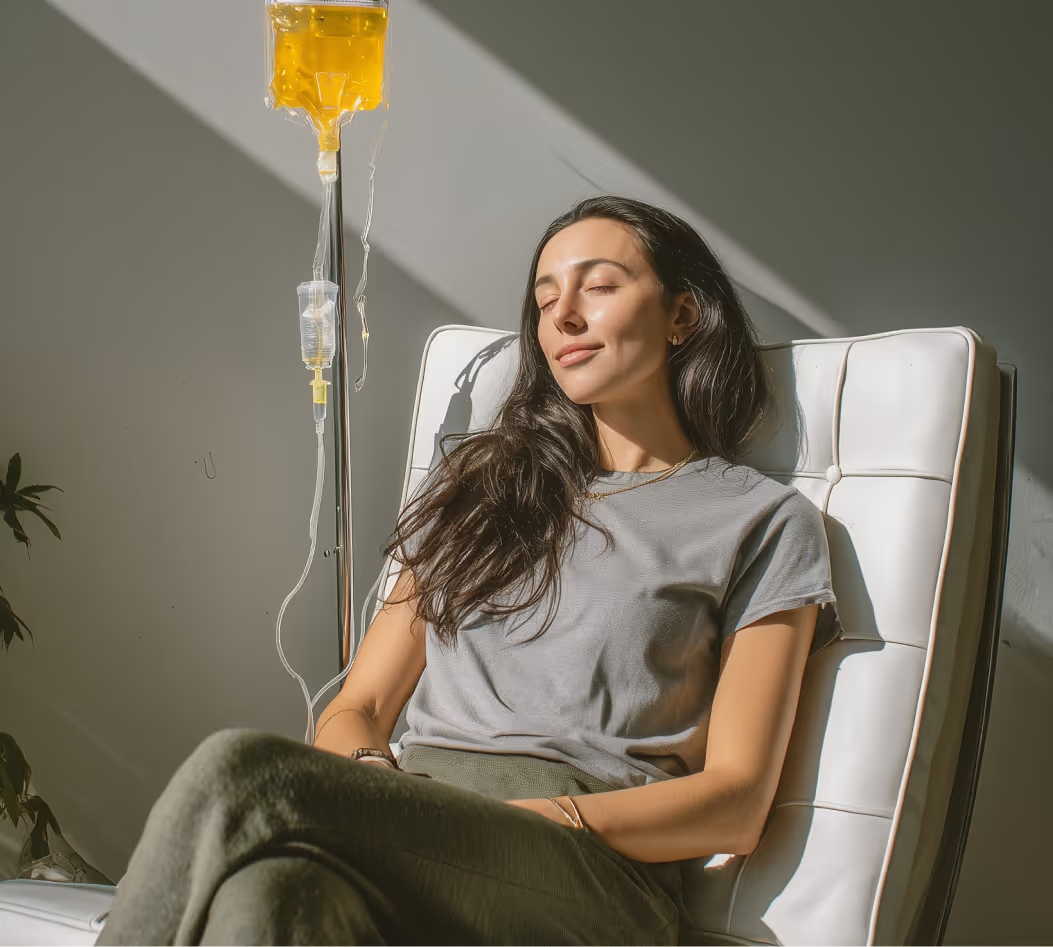Ketamine treatment modalities
IV Infusions

Types of Ketamine: A Comparison

All studies based on IV and has best track record



Highest dosing needed for efficacy
What our customers want to know
What conditions does ketamine therapy treat?

Ketamine is used to treat depression, anxiety, PTSD, OCD, and certain chronic pain syndromes—especially in patients who haven’t responded to traditional treatments.
How does ketamine work?

Ketamine works by modulating glutamate, a neurotransmitter in the brain. It promotes neuroplasticity, creating rapid improvements in mood and cognition.
Is ketamine therapy safe?

Yes. When administered by trained clinicians in a controlled environment, ketamine therapy is safe and well-tolerated. We follow strict monitoring protocols during and after each session.
How many sessions will I need?

A standard protocol includes six infusions over two to three weeks (the “acute series”), followed by maintenance infusions based on individual response.
Will I be conscious during the infusion?

Yes, though most patients feel relaxed, dissociated, or experience changes in perception during the session. You are monitored continuously.
Can I drive after treatment?

No. Patients must have a responsible adult accompany them and drive them home. You cannot operate a vehicle for the remainder of the day following your infusion.


.avif)
